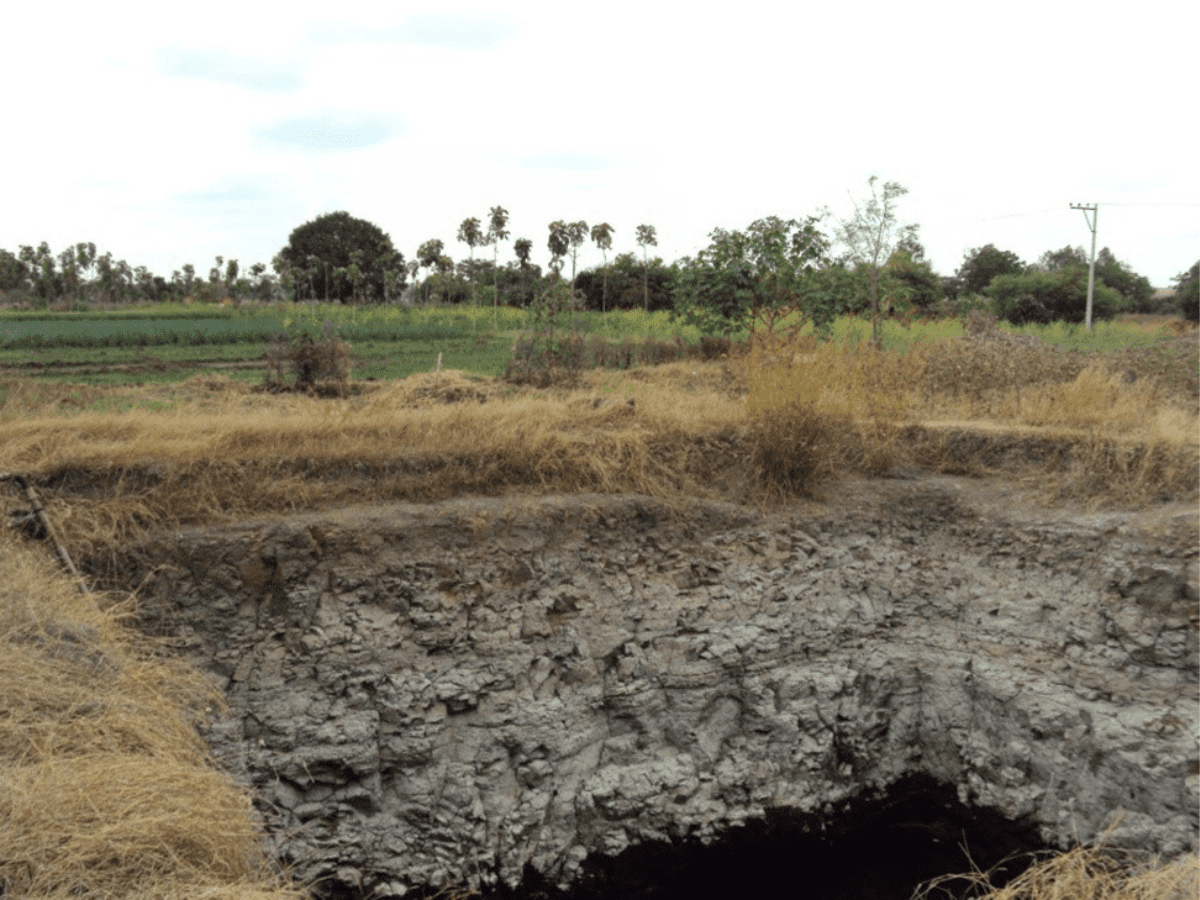
Hyderabad: Humans are more responsible for the depletion of groundwater than climate change, revealed a study by the International Crops Research Institute for the Semi-Arid Tropics (ICRISAT) here on Saturday.
According to the ICRISAT report, the cultivation of water-intensive crops in the catchment areas of Himayat Sagar is diminishing rainwater through excessive use of groundwater.
“We observed that nearly 50 percent of the water harvested by hydrological structures helps to increase groundwater recharge. However, crop area expansion using groundwater for irrigation has depleted stream flow and groundwater storage in the Himayat Sagar catchment,” the ICRISAT report said.
With the help of state government organisations, ICRISAT researchers studied the historic data on climate land use, watershed structures, and groundwater levels and conducted field surveys of groundwater utilization for different cropping systems during the rainy (Kharif) and post-rainy (rabi) seasons.

The results begged for improved governance of water resource sustainability, particularly in semi-arid regions where there is a steady decline despite an increase or no change in rainfall. The data was analyzed using an integrated hydrological model called the modified ‘Soil and Water Assessment Tool (SWAT).’
The ICRISAT study also explored the future impact of potential climate and catchment changes on stream flow and groundwater storage in the Himayat Sagar catchment.
The study says that Telangana would witness a sharp increase in rainfall in September instead of August by the end of the century in light of rising temperatures (0.6 degree – 0.9 degree Celcius every 30 years) and climate change.
“But despite an increase in rainfall, a decline in stream flow is expected,” says the ICRISAT study, thus observing that human activities will have more impact on the groundwater level than climate change (rainfall and rise and fall in temperature).
A hydrologist at the ICRISAT Development Center (IDC), Dr Rajesh Nune, stresses a water resource governing policy for the administration of village tanks, especially during the dry years.
The report mentions the state government’s Mission Kakatiya Program and states under this can control flood damage.
“Under the ‘Mission Kakatiya Program,’ village tanks were desilted, rejuvenated, and interlinked with the drainage network. According to model predictions, this mitigation strategy captures excess runoff, enhances groundwater recharge for upstream users, and helps control flood damage to downstream users during high-intensity rainfall events,” the report said.
According to Dr Nune, ICRISAT’s modelling has been designed to inform better public policy leading to improved natural resource management and enhanced farming productivity.
“The analytical framework ICRISAT has employed will help policymakers to take appropriate measures to monitor the cultivation of water-intensive crops (paddy, sugarcane, maize, etc.) and guide farmers to diversify their crops while ensuring efficient use of water resources in their region,” he mentions.



